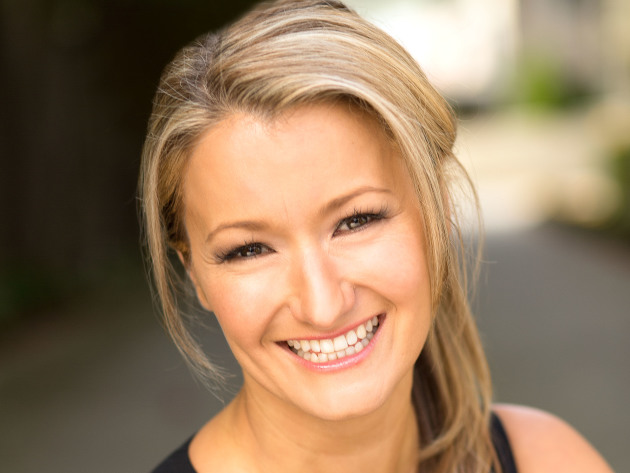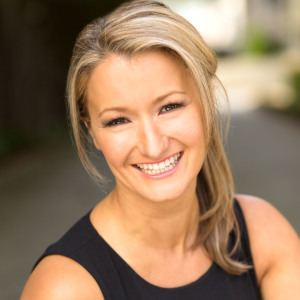
Chasing a high-yielding portfolio can come with associated risk, but Emily Greenaway has come up with a strategy to mitigate this while freeing up equity for future purchases.
“My investment strategy is all about maximising cash flow. My investment goals are oriented around freeing up time and eventually giving up work.
I’m already partially there, having managed to reduce the number of days I work each week, but in order to keep that momentum going I need to build a large, positively-geared portfolio.
The way I go about achieving this is entering the market at a low entry point on a property that has the potential for high rental yields. These tend to be found in regional areas of Australia, where local economies tend to rely on a single industry and are highly exposed to any downturns.
That was the case with my purchase in Hay, New South Wales. A lot of people think of it as an end-of-the-earth, sleepy town, but I knew there was potential for good yields and even some capital growth.
I knew that the planned cotton gin nearby should provide a boost to values and increase demand for rental properties. But there’s always a risk to betting on a one-trick town – I was a little nervous about investing there.
The other thing about maintaining momentum in property investment, by making regular purchases, is that life doesn’t always present the right scenario.
You might have periods where equity goes up or down, or you don’t have access to lending.
That’s why I choose to purchase with an investment partner. It reduces the liabilities associated with a poor performing investment, and allows you to continue purchasing.
Joint ventures are a really powerful tool for moving your success forward more quickly than you can do yourself. In the case of the Hay purchase, I was the lending partner (taking out the finance), and my joint venture partner was the money partner (providing the deposit).
Knowing there was a shortage in rental accommodation in the town, I asked myself, ‘What’s the worst case scenario?’
On an 80 per cent loan of $62,500 with myself and my joint venture partner sharing equal liability, the worst case scenario was that if the property was vacant it was going to cost us $25 a week each to maintain a mortgage. When I looked at that as the equation, it was a no-brainer.
It was a mortgagee in possession sale that we managed to pick up for $62,500, and the three-bedroom property is currently returning $185 per week.
We dropped $3,000 on cosmetic renovations, and the property was revalued at $90,000, and I’m actually in the process of refinancing the property in order to pay out my partner with a profit.”





